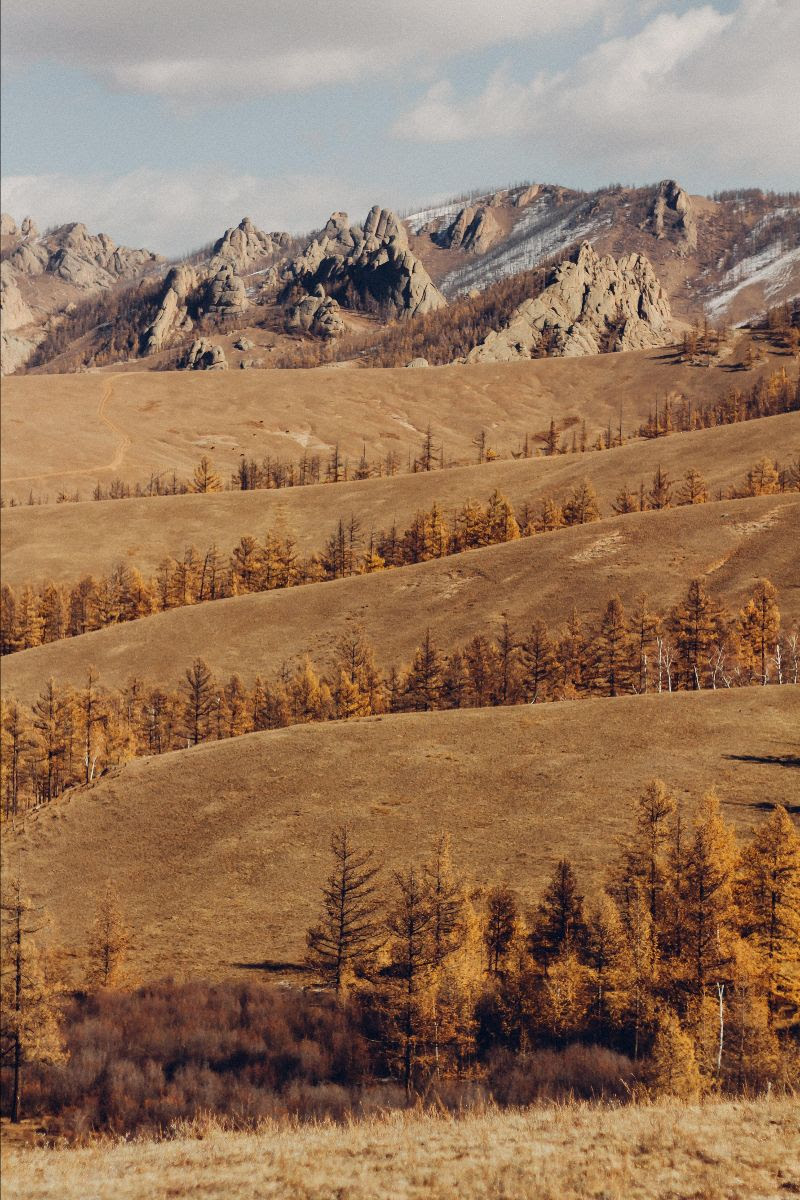The Truth About Cashmere
Share
Cashmere is a great material for winter, we all love it because of how warm and soft it is. It’s eight times warmer than sheep's wool and much lighter. We know it is a costly material, but why exactly is that so?
We wanted to get some insights about where exactly Cashmere comes from and how it is being processed. This is what we found out:
- Cashmere comes from the hair of goats (living in the Kashmir region).
- These goats grow soft fibres underneath their coat, on their underbelly for the winter months.
- The goats naturally shed this hair with the rise of temperatures. The hair is combed, collected and there the journey for a cashmere garment starts.
So far so good - we understand that the source of the material is very limited, as it can only be collected around spring.
And this is where the problem arises:
With higher demand for cashmere, especially with Fast Fashion brands pushing for more - more of this precious material has to be produced. Goats are the first ones to suffer the consequences: As they have very little fat, shearing them too early mid-winter means they can freeze to death.
Also, to gain more wool, herders need more goats. Overpopulation of goats is now killing these lands. Instead of green landscapes the regions become deserts. The consequence is a further ecological imbalance for the region as much as the planet.

A new meteorological phenomenon unique to the region has developed: Summer drought and then very cold and snowy winter. These extremes are killing whole herds of goats. Which in return puts even more pressure on the herders. The vicious circle spirals.
Knowing this we have the responsibility for a more conscious way of shopping. If we really want to wear this precious material on our skin, let’s choose the sustainable version.
Let’s go for recycled Cashmere or second-hand and vintage cashmere items, that deserve a chance to being reused, cherished, and celebrated.
There is also a choice of buying certified cashmere, which has its high price but is ethically made. Though, the risk is high to run into greenwashing again, even with premium and luxury brands, that seem to have better production processes but not necessarily an actual certificate or fair trade.
You are now equipped with a bit of an insight into this precious product and we hope it will be useful!
